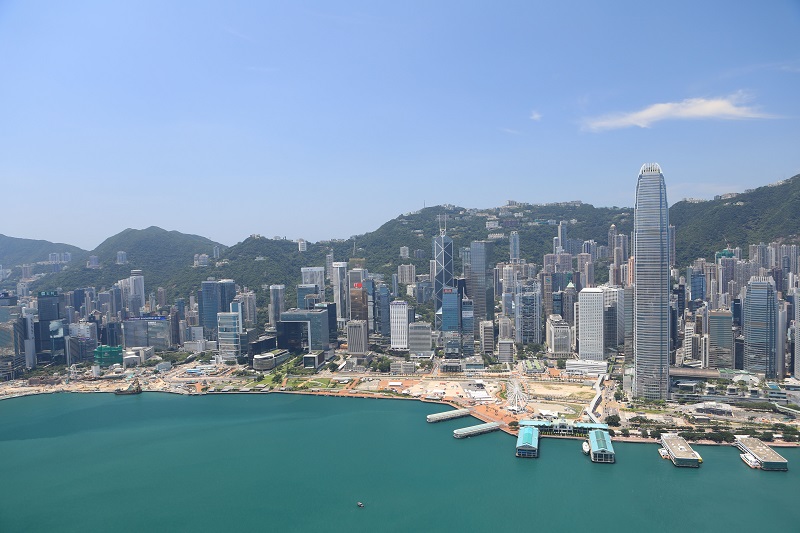About | Update | Press Release | Milestones | Useful Links | Resource Centre
Cleaning up Hong Kong's Victoria Harbour is important for the protection of public health, for the marine environment, and to help realize the vision of Hong Kong as one of the world's great cities. The harbour is the heart of the city, with more than half of the population living on both sides of the harbour. The Government is committed to protecting this unique marine environment.
Victoria Harbour is not only a dramatic and beautiful feature of Hong Kong's cityscape, it is arguably our most precious natural asset. It is a major symbol of Hong Kong, our natural and historical heritage. Tourists are attracted to our spectacular harbour. It has brought, and continues to bring, to our economy benefits beyond measure. It adds to the character and charm of our hectic city life, and is a source of pride to the people of Hong Kong.
While industrial activities around the harbour did decline, more people have been coming to work in the urban centre, and major restaurants and entertainments can be found here, and our harbour remains one of the world's busiest centres of shipping activities. However, the natural capacity of the harbour to absorb the wastes put into it had long been exceeded.
To address this, the Government has been implementing the Harbour Area Treatment Scheme (HATS) in the past two decades in order to restore the water quality of Victoria Harbour. HATS involves the implementation of an integrated sewerage system for collecting and treating sewage generated around the harbour in an efficient, effective and environmentally sustainable manner. Construction of HATS has been carried out in phases.
HATS Stage 1 construction commenced in 1994 and was completed at the end of 2001. HATS Stage 1 collects sewage from Tsuen Wan, Kwai Tsing, Tseung Kwan O, the urban areas of Kowloon and the northeastern part of Hong Kong Island and transports it through a network of deep tunnels to the Stonecutters Island Sewage Treatment Works (SCISTW) for centralized treatment before disposal. Sewage generated from the northern and south-western parts of Hong Kong Island (from North Point to Ap Lei Chau) is also transported to the expanded SCISTW for centralized treatment by another set of tunnels under HATS Stage 2A.
Since the full commissioning of the HATS at the end of 2015, the water quality of Victoria Harbour has substantially improved. The annual Cross Harbour Race, which was suspended for years due to poor water quality, was resumed in 2011 and has returned to its traditional route in the central area of Victoria Harbour since 2017.
